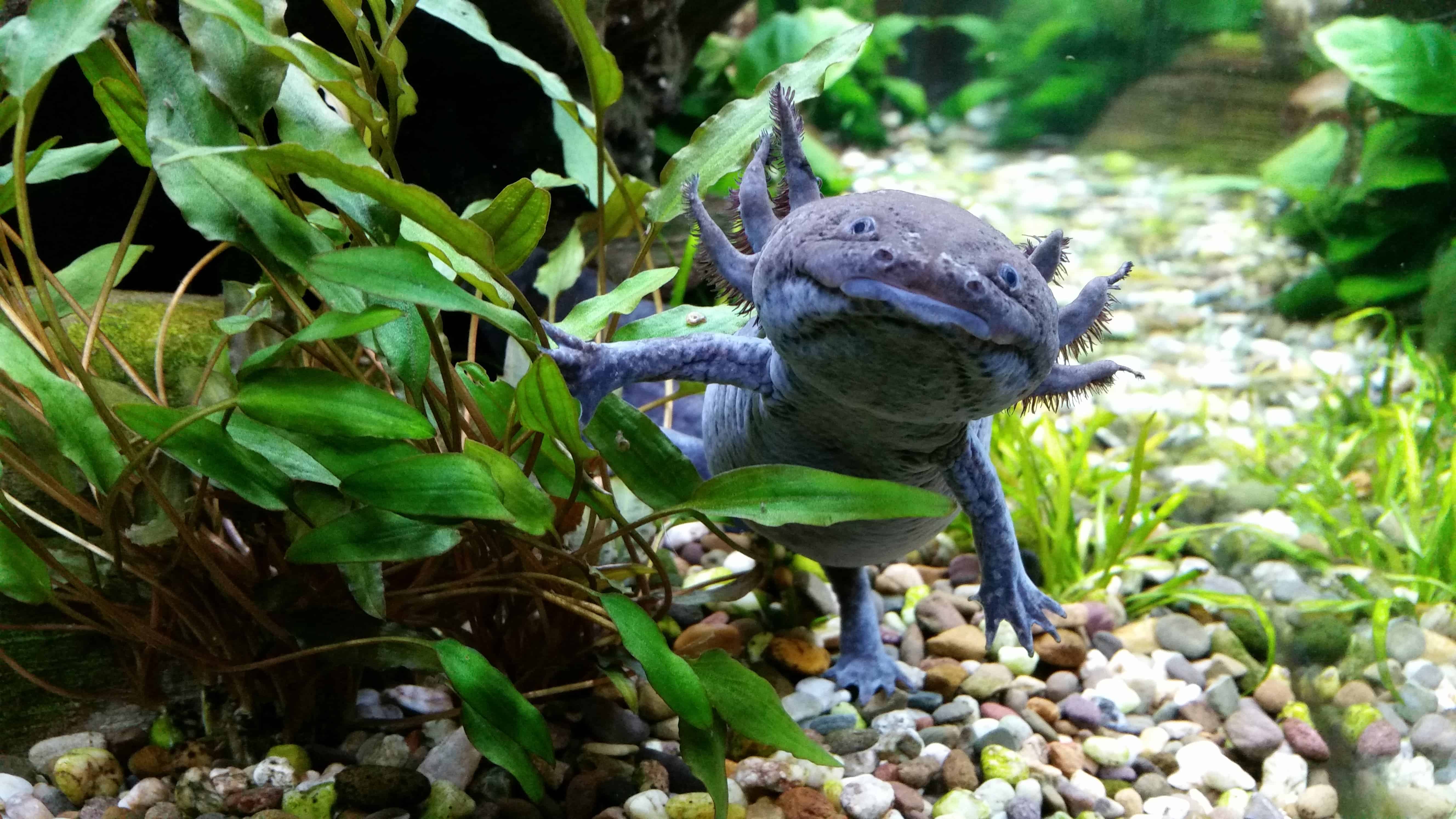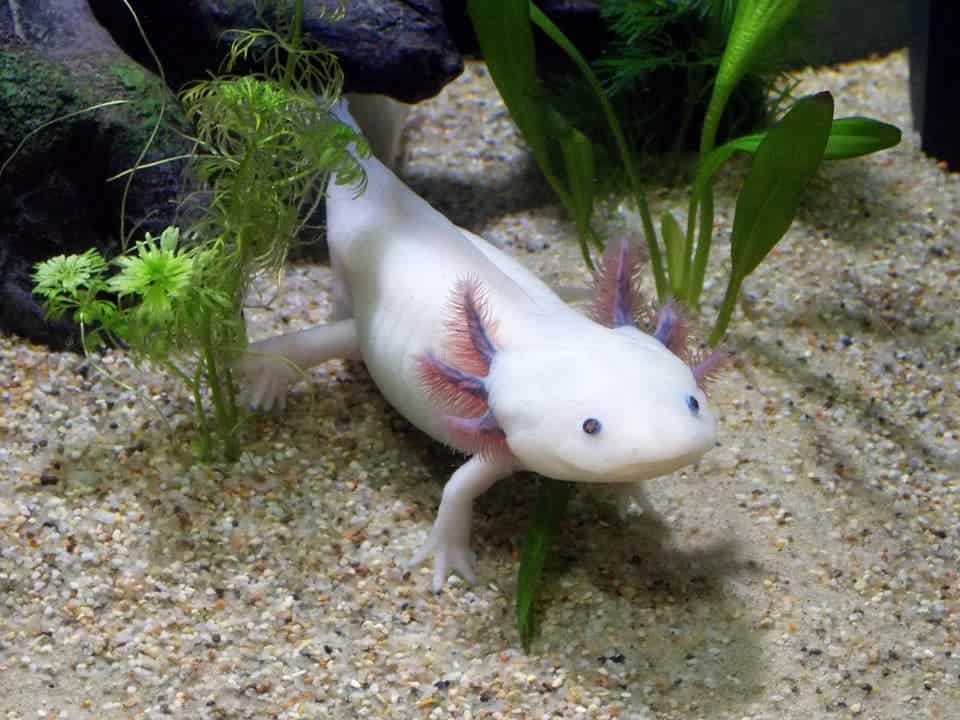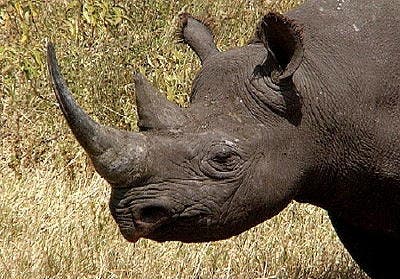The axolotl (Ambystoma mexicanum) is an impressive aquatic salamander that has the ability to regenerate lost limbs and stay young throughout their lives by creating new neurons. These creatures have long fascinated the public and researchers, but they are critically endangered – with the last remaining axolotls living in inland canals around Mexico — which is why this study could be helpful in more ways than one.

Back in the 1960s, researchers found that strikingly, adult axolotls could regenerate not only limbs, but part of their brains, even if a large section was fully removed. However, later studies found brain regeneration had a limited ability to rebuild original tissue structure. Wanting to better understand this process, researchers have now created an atlas of the cells that form part of the axolotl’s brain.
“As a researcher studying regeneration at the cellular level, I and my colleagues wondered whether axolotls are able to regenerate all the different cell types in their brain, including the connections linking one brain region to another,” Ashley Maynard, a study author from the Swiss Federal Institute of Technology, wrote in a blog post.
Looking at brain cells
Understanding what types of cells are in the brain and what they bring helps researchers make comparisons across evolution and try to find biological trends across species, Maynard wrote. One way to know which cells are expressing which genes is through a technique called single-cell RNA sequencing, or scRNA-seq.
This tool allows researchers to know the number of active genes within each cell, which in turn provides a photo of the activities each cell was done when it was collected. ScRNA-seq has so far been used in fish, reptiles, mice, and humans, but one big piece of the brain evolution puzzle has been missing, amphibians, the focus of this new study.
Maynard and her colleagues used scRNA-seq to identify the different types of cells that make up the axolotl telencephalon. In humans, this is the largest part of the brain. The researchers identified many progenitor cells pass through an intermediate cell type called neuroblasts, previously unknown to exist, before becoming mature neurons.
The researchers then tested the axolotl regeneration by removing one section from the telencephalon, the most highly developed and anterior part of the forebrain. They captured and sequenced all the new cells and different stages of regeneration, from one to 12 weeks after injury. All cell types that had been removed were completely restored as part of a three-phase process, Maynard explained.
The first phase involves a fast increase in the number of progenitor cells, with a small fraction of these cells activating a wound-healing process. Then it’s time for phase two, when progenitor cells start to differentiate into neuroblasts. Finally, in the final phase, the neuroblasts differentiate into the same types of neurons that were originally lost.
The researchers were surprised to find that the disrupted neuronal connections between the removed area and other areas of the brain of had been reconnected. They also compared their axolotl data with other species and found cells in their telencephalon were similar to the mammalian hippocampus and the olfactory cortex.
“While our study sheds light on the process of brain regeneration, including which genes are involved and how cells ultimately become neurons, we still don’t know what external signals initiate this process. Moreover, we don’t know if the processes we identified are still accessible to animals that evolved later in time, such as mice or humans,” Maynard wrote.
The researchers hope that identifying the cell types in the axolotl brain could pave the way for new research in regenerative medicine. Our brain has largely lost its capacity to repair or regenerate themselves, but examining the genes and cell types that allow axolotl to do this could be the key to treatments for severe injuries, they considered. At the same time, the study also sheds new light on these remarkable and adorable creatures which are under critical threat and in dire need of conservation action.
The study was published in the journal Science.






